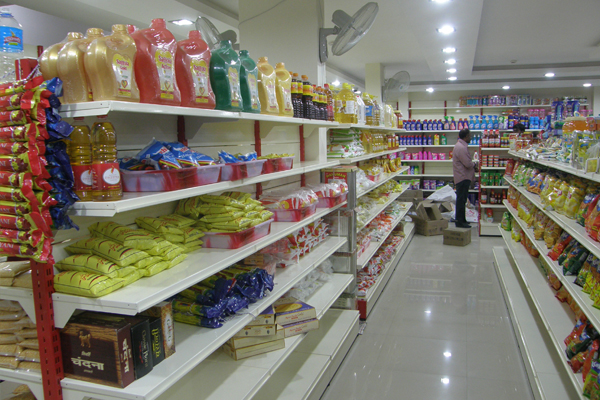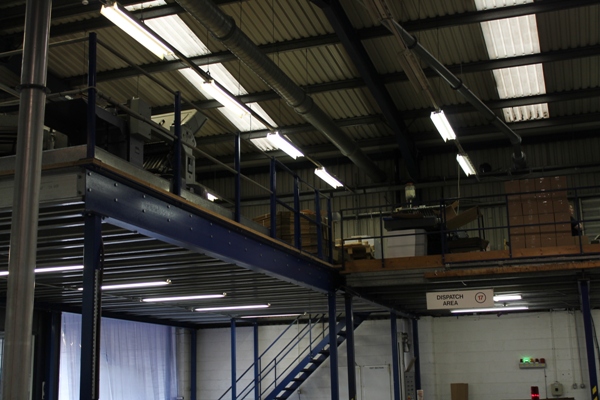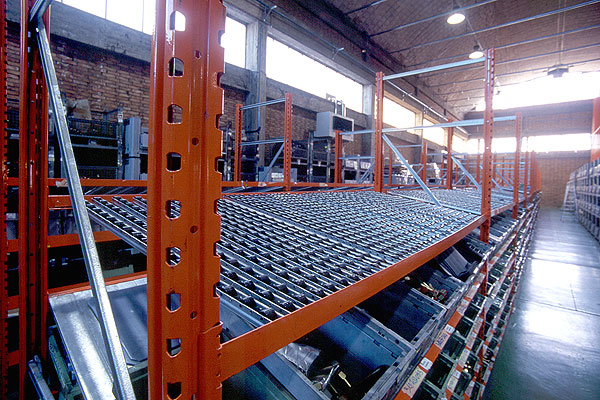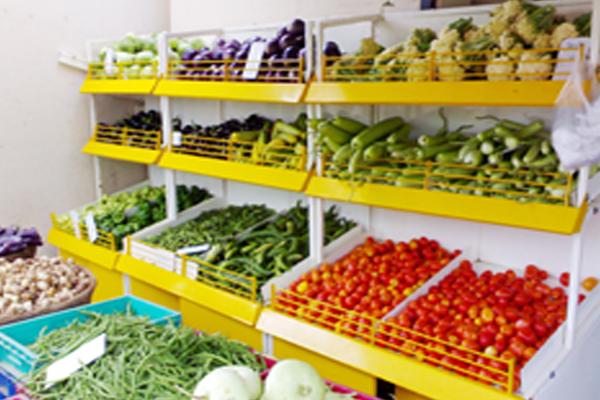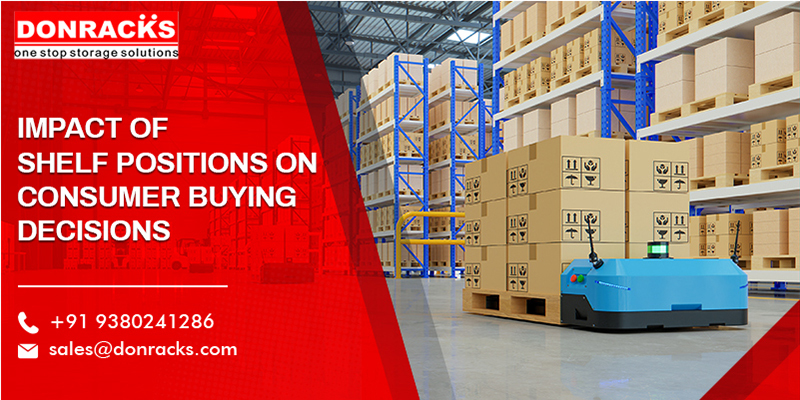
Picture this scenario: Your customer walks into a supermarket to buy toiletries. As they scan the eye-level shelf, an attractive looking bottle of shampoo catches their eye. Also, there’s that popular hair serum they’ve been on the hunt for! And suddenly, their shopping experience just got a whole lot better! In the end, they end up buying more than what was on their shopping list.
What if your storage rack manufacturer told you the product arrangement and shelf position played a role in their buying decision? Interesting, isn’t it?
The Art Of Shelf Placement & Space Allocation
The store environment influences buyers a lot more than we realise. According to a recent study, 79% of consumers preferred the idea of shelf placements and an orderly environment while shopping. 68% shop as per their lists, but are also attentive towards all other products on the shelves.
Furthermore, the current generation of buyers isn’t as brand loyal as the previous generation. They have unlimited choices, which only drives the need for better product placement and shelf arrangements. As consumer buying patterns change, retailers constantly look for new strategies and marketing tools to improve consumer retention.
What Does Shelf Placement Mean To Shoppers?
In today’s retail world, shelf placement isn’t mere guesswork. A lot of research goes into gathering scientific evidence about the average shopper’s behaviour. As per the research, we now know these three facts:
- Shoppers first look at eye-level shelves.
- Their gaze goes from left to right of the shelf.
- They take fewer than eight seconds to make a purchase.
In order to find an optimum position for merchandise and drive sales, retailers have adopted five types of product placement practices.
- Block Placement where all related items are arranged together on the same shelf.
- Vertical Placement where products are placed on more than one shelf level.
- Commercial Placement where items of high value are prominently displayed.
- Margin Product Placement where an item that generates more profit is displayed prominently.
- Market Share Placement where high revenue generators are placed where customers can easily find them.
The average buyer is blissfully ignorant of these terms. What a buyer sees on a supermarket shelf is a complex choice of financial risks and rewards. For them, shelf placement is nothing more than indicating where the product is. However, considerable scientific evidence supports the notion that shelf placement impacts buying decisions.
So, what is the best shelf placement?
Shelf positions are narrowed down to three types:
- Eye-level shelves
- Waist-level shelves (top shelves)
- Knee-level shelves (bottom shelves)
The eye-level shelf is the Prime Space, which also goes by the term “The Bulls-Eye Zone”. Research indicates that shoppers shop the same way they read – at eye level, horizontally from left to right. Therefore, the bulls-eye zone is dedicated to brands leveraging their product recognition to drive sales. This shelf placement is also popular because it makes finding items easy. Products that are placed here are easily recognised and purchased.
So, the eye-level shelf is the hero, and it hogs all the attention. But what about the top and bottom shelves? Retailers confine the top shelf spaces for:
- New brands
- New products
- Products yet to establish popularity
- Products without the financial fortitude
The bottom shelves are destined for bulky, well-known, slow-moving items that shoppers are willing to reach out for. Besides, bottom shelves are ideal for displaying children’s items to easily pick out what they want.
The bottom line is that the middle shelf is the most desired location for the seller and the buyer. However, with a fresh assortment of products, the top and bottom shelves also hold their own for the unique shopper.
Going by these aspects, Jeff Bezos was so right when he said, “The three most important things in retail are location, location, location.” We have added one more thing to this list: The store layout.
Retail Store Layout: The Hero Behind Every Retailer’s Success
It’s all in the layout. Whether physical or digital, the strategic use of space greatly impacts the customer experience. Every retail layout is created with one objective: To deliver a positive customer experience and create value. The very success of a retail space depends on how well you plan your layout, which is essentially two basic aspects:
- The flow of in-store traffic
- Navigation patterns in your retail environment
Based on these two aspects, retailers often follow a specific layout pattern to keep the customer’s attention focused on their merchandise.
Let’s consider a local supermarket as an example to understand a successful layout. The basic layout aspects will comprise:
- Placement of premium products on eye-level shelves
- Pairing of related products on the same shelf to encourage extra purchases.
- Placement of fruits and vegetables at the store entrance.
- Use of smaller floor tiles in areas with expensive items to give the illusion of fast movement.
- Placement of sweets and magazines in checkout counters to encourage impulse purchases.
- Placement of essentials like milk, eggs, and bread in the farthest corners to make customers travel through the supermarket.
- Placement of promotions and offers and the end of each aisle to promote product visibility.
Many supermarkets also resort to subtle strategies like:
- Offering free samples to promote the sales of a particular product.
- Offering loyalty cards that carry discounts for customers.
- Giving bigger shopping carts to encourage more purchases.
The primary function of a retailer is to move merchandise from the end of the supply chain to the customer. The key to becoming a successful retailer is by creating value and offering a differentiated customer experience. To do so, your store layout, shelf placement, and product placement play different but equally crucial roles.
3 Must-Implement Tips For Your Store Product Placement
As our blog concludes, we hope to have adequately emphasised the importance of shelf placement in your retail store. You can also consider these proven measures to enhance shelf placement and improve sales:
Pay attention to packaging.
Consumers are largely attracted by savvy package designs. Give importance to packaging designs that reflect the brand’s personality.
Focus on the size.
The size of the package also spells the product’s success. Pay attention to how different-sized packages are placed on shelves.
Create in-store experiences
Create in-store experiences by inviting customers to sample products right at the store. This will help them make quicker purchasing decisions and drive product promotion via word of mouth.
Wrapping Up
Like the real estate business, the retail business is also driven by location and placement. Therefore, retailers should focus on the layout to ensure a positive shopping experience for consumers. On the other hand, shelf position is also a major aspect of store design because it has a telling impact on the customer’s purchase decisions.
Space allocation and shelf position say much about how well you’ve understood your customers. Therein lies the secret to your success in the retail world!
If you are looking for durable, affordable, and visually appealing retail store shelves, Donracks, Chennai, is the right choice. We have the biggest array of storage solutions to adorn your retail space. Want a quotation from our team? Contact us right away!

